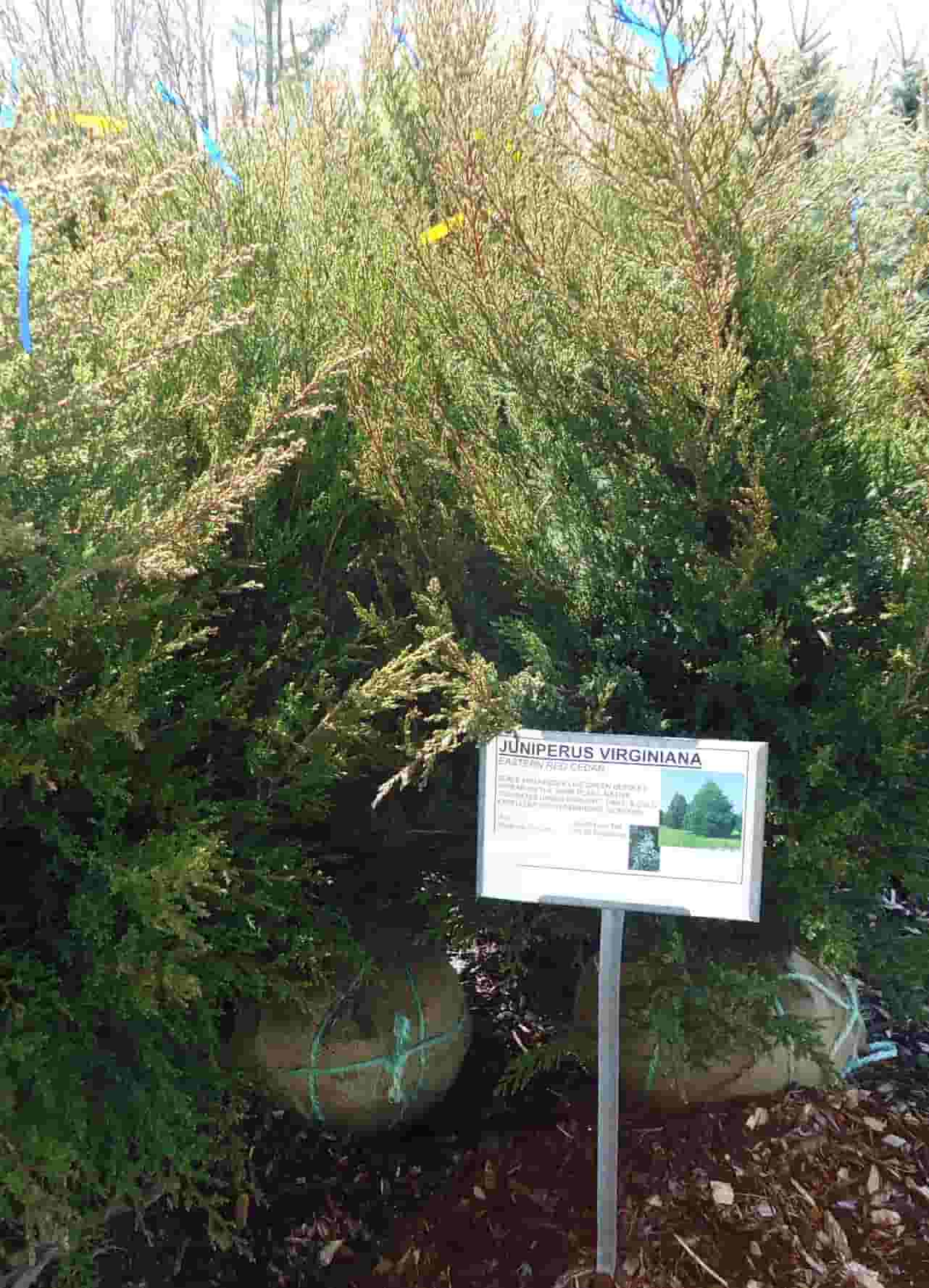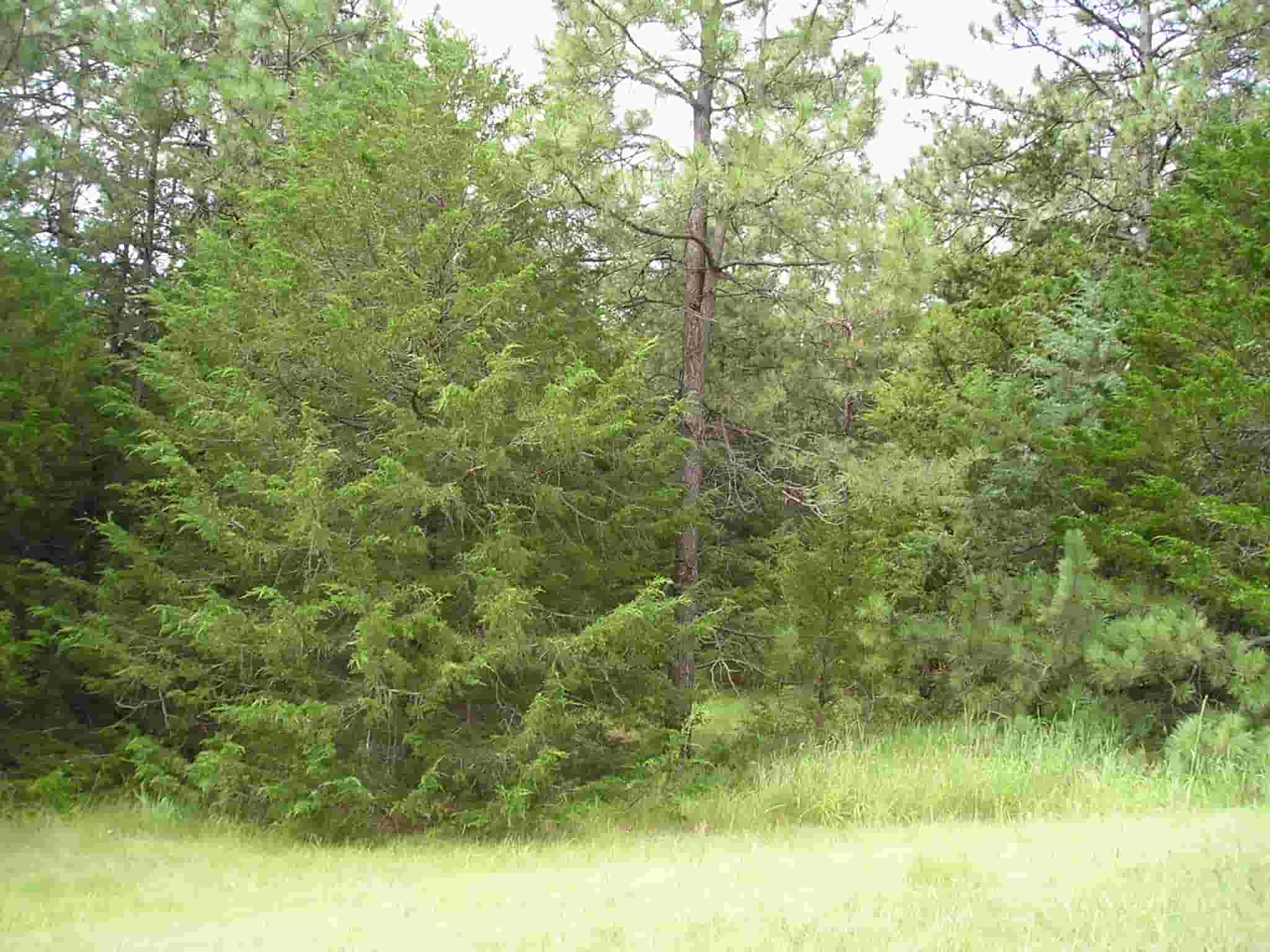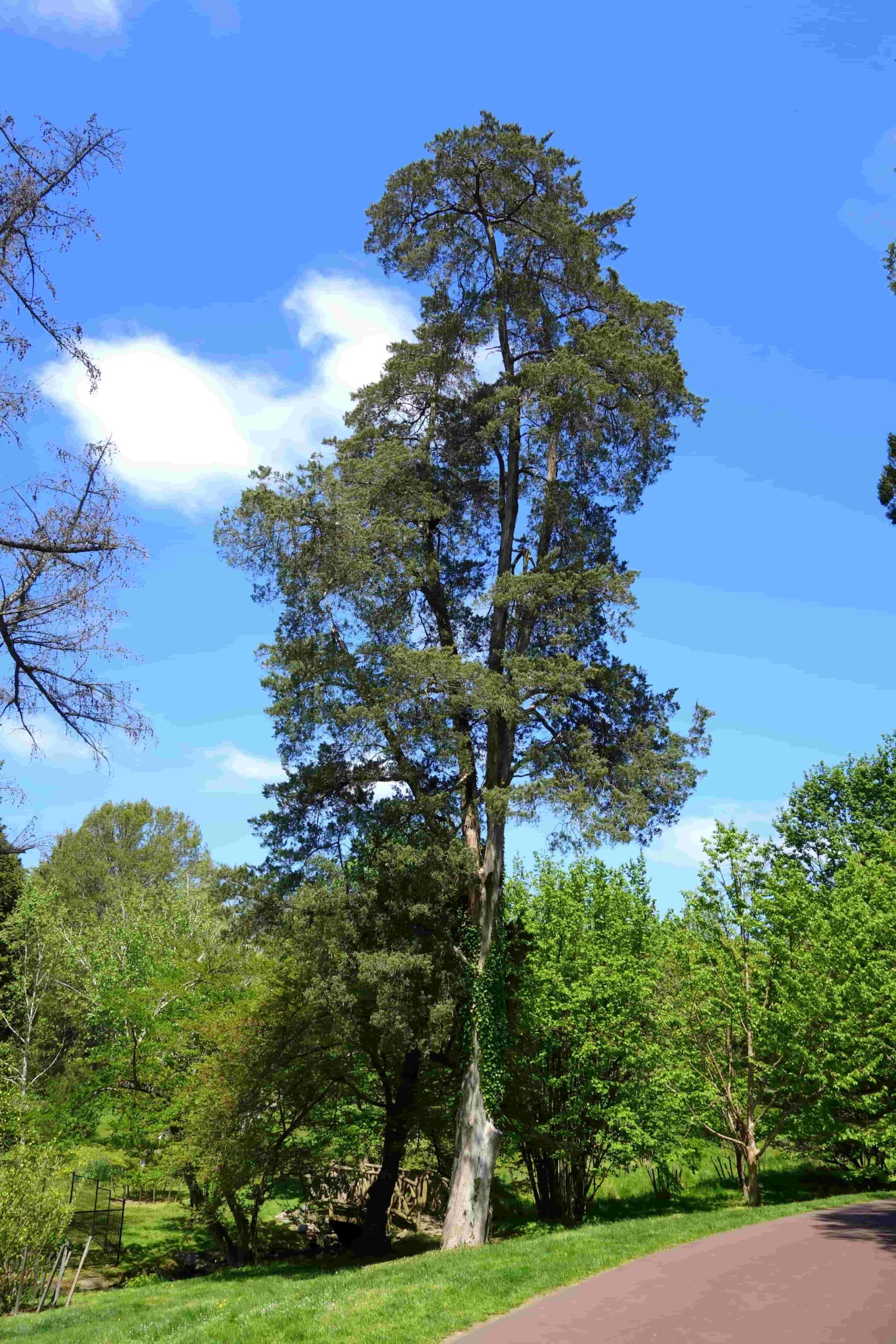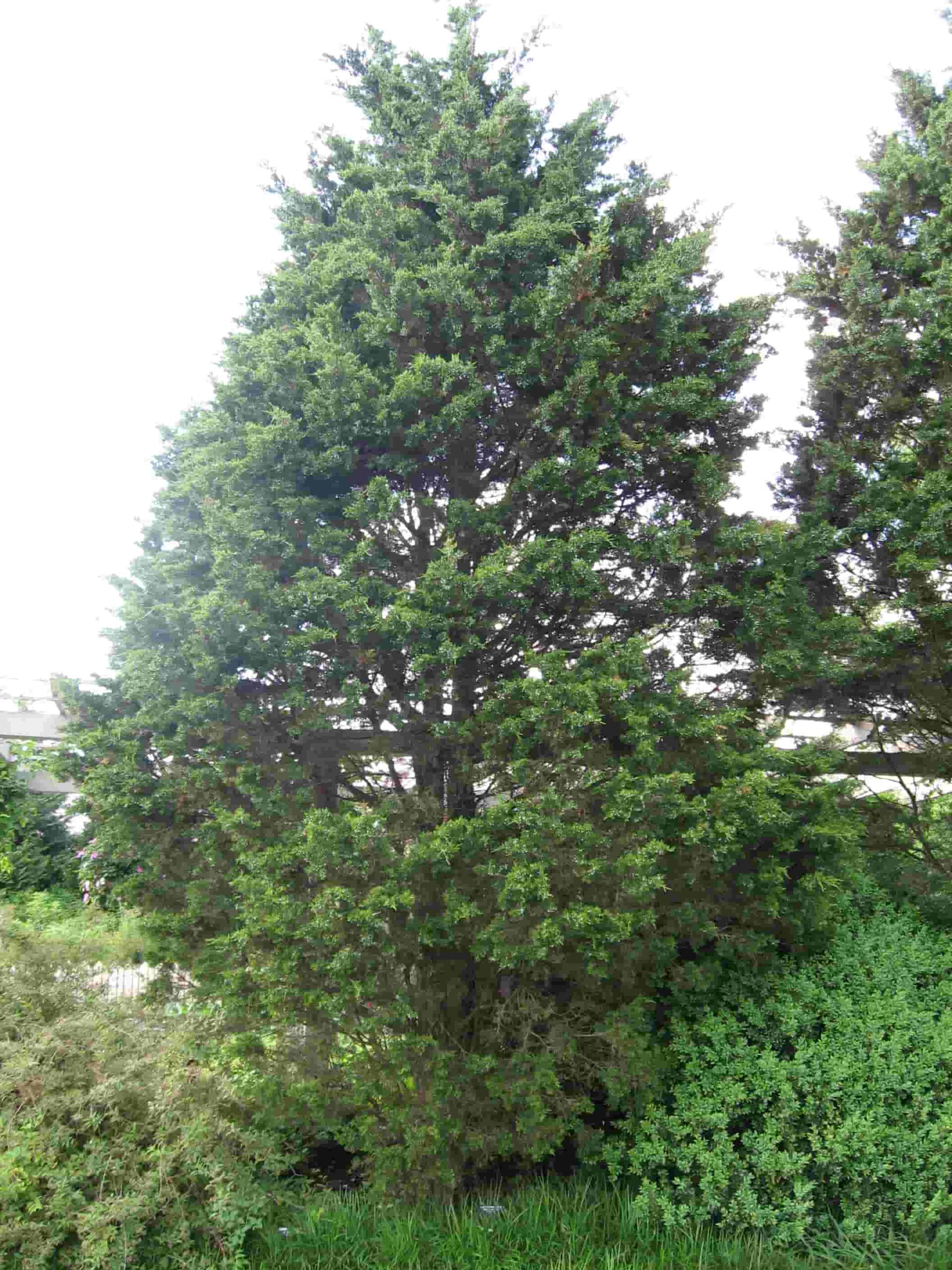Eastern Redcedar, scientifically known as Juniperus virginiana, is a versatile tree that holds a significant place in the natural landscape of North America. Its resilience, adaptability, and various uses make it a remarkable species. In this article, we will delve into the world of Eastern Redcedar, exploring its description, distribution, physical characteristics, ecological importance, historical and cultural significance, economic uses, landscaping applications, and management challenges.
Table of Contents
- 1. Introduction
- 2. Description of Eastern Redcedar
- 3. Distribution and Habitat
- 4. Physical Characteristics
- 5. Ecological Importance
- 6. Historical and Cultural Significance
- 7. Economic Uses
- 8. Eastern Redcedar in Landscaping
- 9. Challenges and Management
- 10. Conclusion
- 11. FAQs
- Q1. Is Eastern Redcedar a true cedar?
- Q2. Can Eastern Redcedar tolerate different soil types?
- Q3. How tall can Eastern Redcedar grow?
- Q4. Does Eastern Redcedar require a lot of maintenance in landscaping?
- Q5. Can the wood of Eastern Redcedar be used for outdoor applications?
1. Introduction
The Eastern Redcedar, despite its name, is not a true cedar but belongs to the Juniper family. It is an evergreen tree with a 50-foot height that is renowned for its pyramidal structure and thick foliage. This tree species is indigenous to North America and is found in a variety of environments.
2. Description of Eastern Redcedar

The Eastern Redcedar is characterized by its reddish-brown bark, which exfoliates in long, narrow strips, revealing an attractive reddish inner bark. Its leaves are scale-like, arranged in opposite pairs or whorls of three. The tree produces small, bluish-green cones that turn purplish-black when mature, containing berry-like seeds.
3. Distribution and Habitat
Eastern redcedar has a wide distribution in North America. It reaches the Great Plains and the Atlantic coast from southeast Canada, as well as the Gulf of Mexico. It thrives in a variety of habitats, including open fields, prairies, woodlands, and disturbed areas. This adaptability contributes to its success as a pioneer species.
4. Physical Characteristics
4.1. Bark and Wood
The bark of Eastern Redcedar is fibrous and shreds into long, narrow strips. It has a reddish-brown color, which gives the tree its name. This tree’s wood is very strong and has a distinctive reddish color. It is commonly used in woodworking, especially for outdoor applications.
4.2. Leaves
The leaves of Eastern Redcedar are scale-like and closely appressed to the stem. They are typically dark green in color, with a glossy appearance. The foliage provides year-round visual interest and serves as a valuable food source for wildlife.
4.3. Cones and Seeds
This tree produces small cones that are initially green but turn purplish-black as they mature. These cones are about the size of a pea and contain one to three seeds. The seeds have a bluish color and are dispersed by birds, contributing to the tree’s ability to colonize new areas.
5. Ecological Importance

Eastern Redcedar plays a crucial role in the ecosystem. It provides shelter and food for numerous bird species, including the Cedar Waxwing and the Eastern Bluebird. The dense foliage offers nesting sites and protection from predators. Additionally, the tree’s berries serve as a vital food source during the winter when other resources are scarce.
6. Historical and Cultural Significance
Throughout history, Eastern Redcedar has held cultural and medicinal importance for Native American tribes. Its wood was used for constructing longhouses, canoes, and various tools. The tree also played a role in traditional ceremonies and rituals. Today, this tree continues to be valued for its historical and cultural significance.
7. Economic Uses
7.1. Timber
The timber of Eastern Redcedar is highly sought after for its durability and beautiful reddish color. It is commonly used in the production of furniture, outdoor structures, and decorative items. The wood’s natural resistance to decay and insect damage makes it ideal for exterior applications.
7.2. Aromatic Properties
Eastern Redcedar possesses aromatic properties, releasing a pleasant scent when its wood is cut or disturbed. This characteristic makes it desirable for the production of cedar chests, closets, and hangers, as the scent acts as a natural repellent against moths and other pests.
7.3. Wildlife Habitat
The dense foliage and abundant berries of Eastern Redcedar create a welcoming habitat for wildlife. Various bird species rely on the tree for nesting, roosting, and foraging. The tree’s structure and evergreen nature provide cover and protection throughout the year.
8. Eastern Redcedar in Landscaping

8.1. Ornamental Uses
This tree is often used in landscaping due to its attractive appearance and low maintenance requirements. Its pyramidal shape and rich green foliage add visual interest and provide a natural screen or backdrop. The tree can be planted as a standalone specimen or in groups to create an eye-catching landscape feature.
8.2. Windbreaks and Erosion Control
The dense growth habit and wind-resistant properties of this tree make it an excellent choice for windbreaks and erosion control. Planted strategically, it can help protect buildings, crops, and open areas from strong winds and soil erosion, improving overall environmental stability.
9. Challenges and Management
Despite its many benefits, Eastern Redcedar can also present management challenges. Its prolific seed production and ability to colonize disturbed areas can lead to invasive tendencies, outcompeting native vegetation. Proper management practices, such as controlled burns and selective cutting, can help maintain a healthy balance between Eastern Redcedar and other plant communities.
10. Conclusion
Eastern Redcedar, with its distinctive characteristics and wide-ranging uses, is a remarkable tree that has left an indelible mark on the landscapes of North America. From its ecological importance and historical significance to its economic and ornamental uses, this versatile species continues to captivate our attention. By understanding and managing its growth, we can ensure the sustainable coexistence of this tree within our natural and cultural environments.
11. FAQs
Q1. Is Eastern Redcedar a true cedar?
No, despite its name, Eastern Redcedar belongs to the Juniper family and is not a true cedar.
Q2. Can Eastern Redcedar tolerate different soil types?
Yes, This tree is adaptable to various soil types, including clay, sandy, and loamy soils.
Q3. How tall can Eastern Redcedar grow?
This tree can reach heights of up to 50 feet, depending on growing conditions.
Q4. Does Eastern Redcedar require a lot of maintenance in landscaping?
No, it is a low-maintenance tree in landscaping, making it a popular choice for many gardeners and landscapers.
Q5. Can the wood of Eastern Redcedar be used for outdoor applications?
Yes, the wood of Eastern Redcedar is highly durable and naturally resistant to decay and insect damage, making it suitable for outdoor applications.

